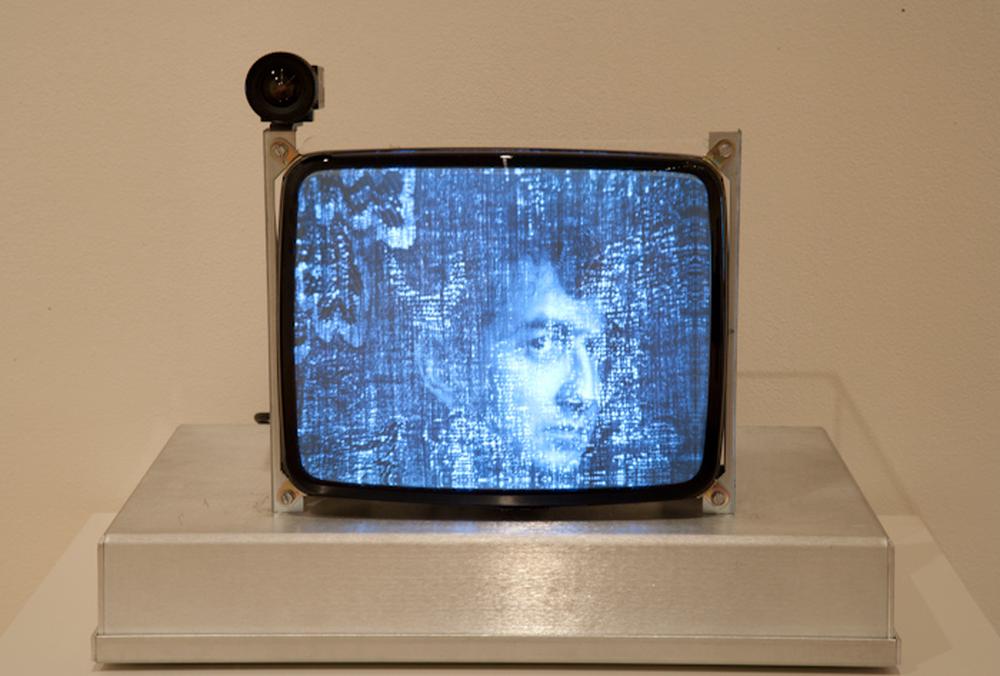Jim Campbell. Interactive Art

Jim Campbell’s early work explored ideas about interactivity in video art. In works like Self Portrait (with Disturbances) (1991–92), which uses a video camera to record the viewer’s movement, he combined live input with prerecorded material. On a monitor, an image of the artist appears to be watching the viewer; the viewer’s own pixilated, shadow-like image moves across the screen, distorting the artist’s self-portrait. Such interactive works aim to engage the viewer in exploring their own “inner world,” as the artist said, rather than simply providing content: “This for me is the main reason that I do work that is interactive. Though it is not a medium for communicating personal content, it is a medium for instilling personal process; the process itself is occurring in the viewer’s present. This to me is the most profound aspect of interactive art.”1
Jim Campbell, in interview with Heather Sealy Lineberry, in Jim Campbell: Transforming Time: Electronic Works 1990–1999 (Tempe: Arizona State University Art Museum, 1999), 66. ↩︎